East Champaran Tourism
Search related to Bihar Tourism

East Champaran, also known as Purbi Champaran, is one of the 38 districts of Bihar state in India. It is located in the eastern part of the state and is bordered by Nepal to the north, Sitamarhi and Madhubani districts to the east, Muzaffarpur and Saran districts to the south, and Gopalganj district to the west.
History
East Champaran has a rich history dating back to the Vedic period. The district was part of the ancient kingdom of Videha, which was ruled by King Janaka. The famous Hindu epic, the Ramayana, mentions the region as the birthplace of Sita, the wife of Lord Rama. The Mauryan dynasty also had a significant influence on the region, and the famous Mauryan emperor, Ashoka, is believed to have visited the district during his reign.
During the medieval period, East Champaran was ruled by various dynasties, including the Mughals, the Nawabs of Bengal, and the British. The district played an important role in the Indian independence movement. It was here that Mahatma Gandhi launched his famous Champaran Satyagraha in 1917, which was a turning point in India's struggle for independence.
Geography
East Champaran covers an area of 3,969 square kilometers and is located in the foothills of the Himalayas. The district has a diverse topography, with the northern part of the district being hilly and the southern part being flat. The Gandak and Burhi Gandak rivers flow through the district, and several tributaries of these rivers also pass through the region. The district is primarily agricultural, with fertile alluvial soil that supports the cultivation of crops such as paddy, sugarcane, wheat, and maize.
Demographics
According to the 2011 census, East Champaran has a population of 5,082,868, making it the seventh most populous district in Bihar. The district has a sex ratio of 906 females per 1000 males, which is lower than the state average. The literacy rate in the district is 54.6%, which is also lower than the state average. The major communities in the district are Bihari, Maithili, Magahi, and Bhojpuri. Hindi and Bhojpuri are the main languages spoken in the region.
Economy
Agriculture is the primary occupation in East Champaran, with more than 80% of the population engaged in farming. The district is known for its sugarcane production, and several sugar mills are located in the region. Other crops grown in the district include paddy, wheat, maize, and vegetables. The district is also home to several small-scale industries, including textiles, paper, and leather goods. The major towns in the district are Motihari, Bettiah, and Raxaul, which are important centers for trade and commerce.
Culture
East Champaran has a rich cultural heritage, with a mix of Hindu, Muslim, and Buddhist traditions. The district is home to several temples, mosques, and Buddhist stupas. The region is famous for its Chhath Puja, which is a major festival celebrated in Bihar and other parts of the country. Other festivals celebrated in the district include Dussehra, Diwali, Eid, and Christmas. The district is also known for its folk music and dance, including Bidesia, Nirgun, and Sohar. The cuisine of East Champaran is similar to other parts of Bihar and includes dishes such as Litti Chokha
- State :
- Bihar
How to Reach East Champaran
Complete List of Tehsils in East Champaran District, Bihar
| S.No | Tehsil / Taluk Name | District Name | State Name |
|---|---|---|---|
| 1 | Adapur | East Champaran | Bihar |
| 2 | Areraj | East Champaran | Bihar |
| 3 | Banjaria | East Champaran | Bihar |
| 4 | Bankatwa | East Champaran | Bihar |
| 5 | Chakia | East Champaran | Bihar |
| 6 | Chakia(Pipra) | East Champaran | Bihar |
| 7 | Chauradano | East Champaran | Bihar |
| 8 | Chaurdano | East Champaran | Bihar |
| 9 | Chiraia | East Champaran | Bihar |
| 10 | Dhaka | East Champaran | Bihar |
| 11 | Ghorasahan | East Champaran | Bihar |
| 12 | Harsidhi | East Champaran | Bihar |
| 13 | Kalyanpur | East Champaran | Bihar |
| 14 | Kesaria | East Champaran | Bihar |
| 15 | Klyanpur | East Champaran | Bihar |
| 16 | Kotwa | East Champaran | Bihar |
| 17 | Madhuban | East Champaran | Bihar |
| 18 | Mehsi | East Champaran | Bihar |
| 19 | Motihari | East Champaran | Bihar |
| 20 | Motihari H.o. | East Champaran | Bihar |
| 21 | P.dayal | East Champaran | Bihar |
| 22 | Paharpur | East Champaran | Bihar |
| 23 | Pakari Dayal | East Champaran | Bihar |
| 24 | Pakri Dayal | East Champaran | Bihar |
| 25 | Patahi | East Champaran | Bihar |
| 26 | Phenhara | East Champaran | Bihar |
| 27 | Piprakothi | East Champaran | Bihar |
| 28 | Ramgarhwa | East Champaran | Bihar |
| 29 | Raxaul | East Champaran | Bihar |
| 30 | Sangrampur | East Champaran | Bihar |
| 31 | Sikarahana | East Champaran | Bihar |
| 32 | Sikrahana | East Champaran | Bihar |
| 33 | Sugauli | East Champaran | Bihar |
| 34 | Tetaria | East Champaran | Bihar |
| 35 | Turkaulia | East Champaran | Bihar |
Discover Exciting Places to Visit in Agra, Uttar Pradesh - Your Ultimate Travel Guide
Are you ready to explore the wonders of Agra, Uttar Pradesh? From the majestic Taj Mahal to hidden gems waiting to be discovered, our travel guide unveils the most captivating
Explore Exciting Places to Visit in Mumbai, Maharashtra - Your Ultimate Travel Guide
Ready for an adventure? Mumbai, in the beautiful state of Maharashtra, is packed with amazing places waiting to be explored! From iconic landmarks to hidden gems, Mumbai has something for
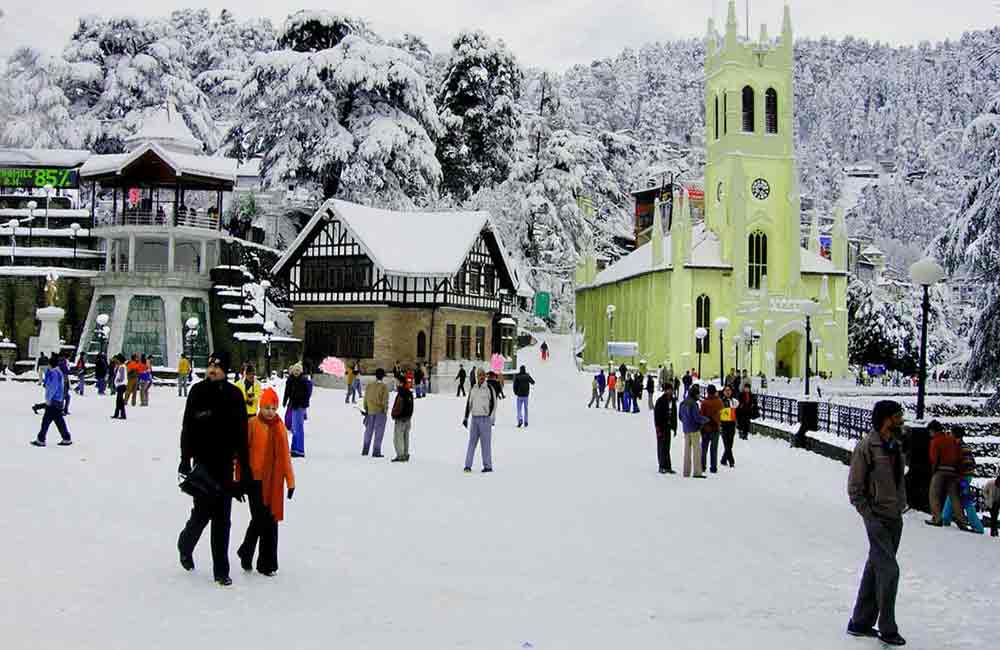
Explore the Wonderful Places to Visit in Manali, Himachal Pradesh - Your Ultimate Guide!
Ready for an exciting adventure? Discover the places to visit in Manali, Himachal Pradesh! From snowy mountains to lush valleys, there's something for everyone. Plan your trip now and explore
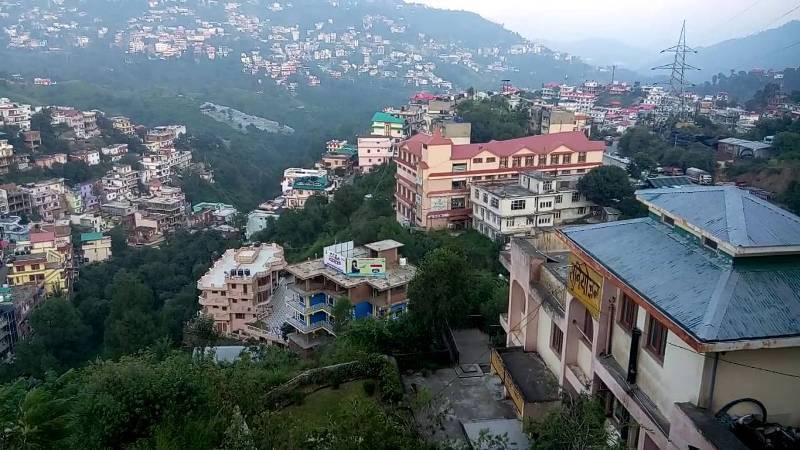
Places to Visit in Solan Himachal Pradesh - Explore the Best Tourist Spots
Discover the enchanting beauty of Solan Himachal Pradesh by exploring its myriad tourist spots. Whether you're seeking adventure or tranquility, Solan has something for everyone. From lush green valleys to
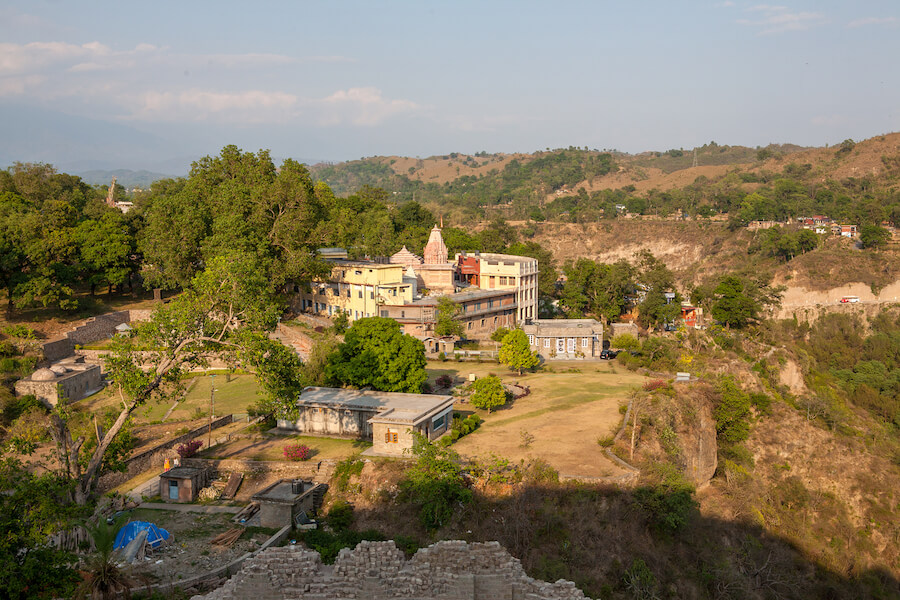
Discover the Best Places to Visit in Kangra, Himachal Pradesh: A Traveler's Guide
Ready for an exciting journey? Kangra, Himachal Pradesh welcomes you with open arms! Explore ancient temples, lush landscapes, and more in this enchanting valley. Let's uncover the best places to
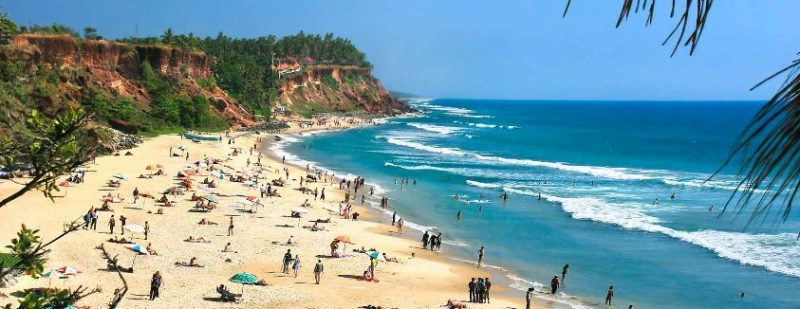
Explore Incredible Places to Visit in Varkala, Kerala: A Guide
Are you ready for an adventure? Varkala in Kerala is waiting for you! Discover the magic of this beautiful place with our guide to the best places to visit. From
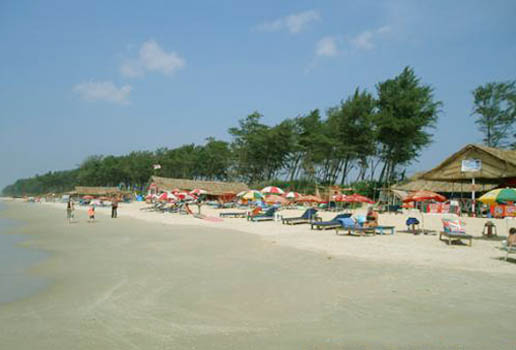
Explore Panaji, Goa: Discover the Best Places to Visit in the City
Ready for an adventure? Panaji, located in Goa, is packed with exciting places to visit. From ancient forts to picturesque beaches, there's never a dull moment in this lively city.
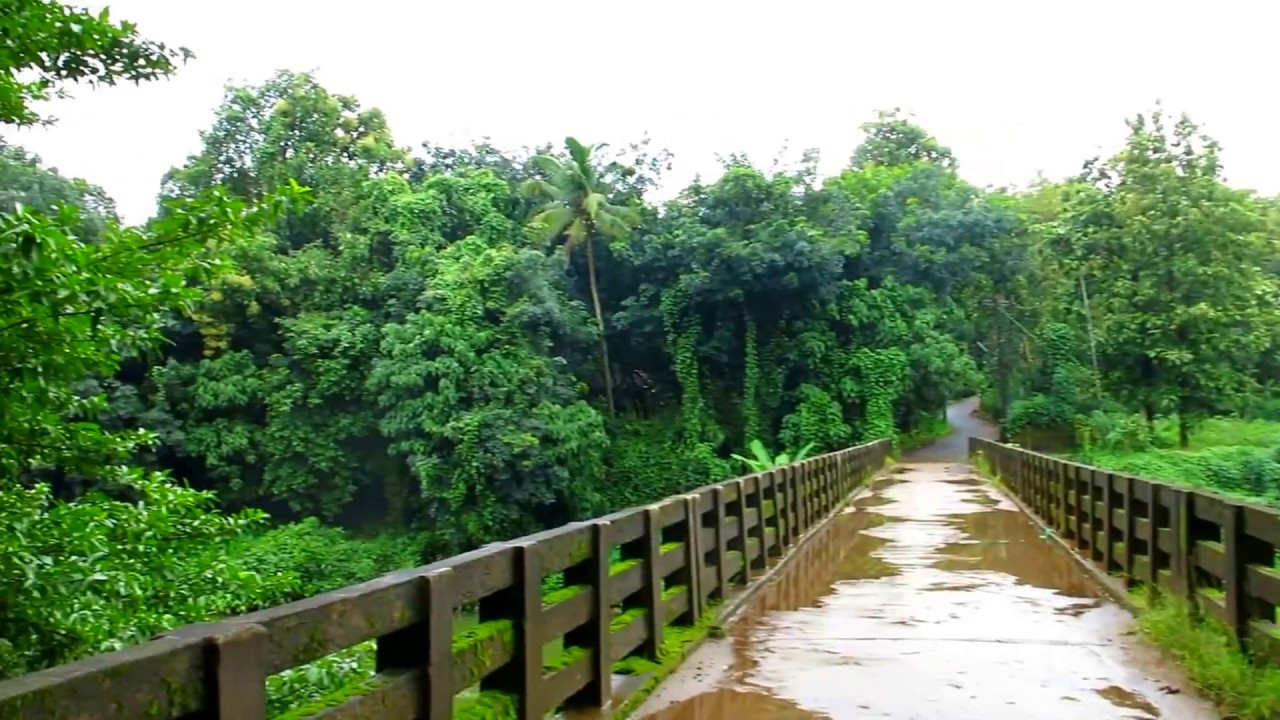
Explore the Best Places to Visit in Thrissur, Kerala – A Perfect Guide for Your Next Adventure!
Are you ready to explore Thrissur, Kerala? Get ready for an exciting journey through this vibrant city! Discover its rich history, stunning landmarks, and fascinating culture. With our guide to
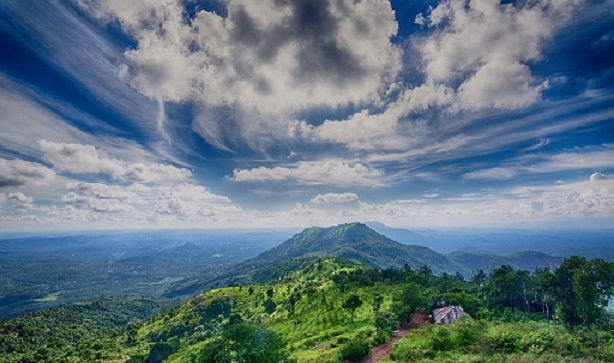
Explore the Best Places to Visit in Malappuram, Kerala - A Traveler's Guide
Dive into the beauty of Malappuram, Kerala with our ultimate travel guide! From picturesque beaches to fascinating historical sites, explore the best places to visit in Malappuram Kerala. Whether you're
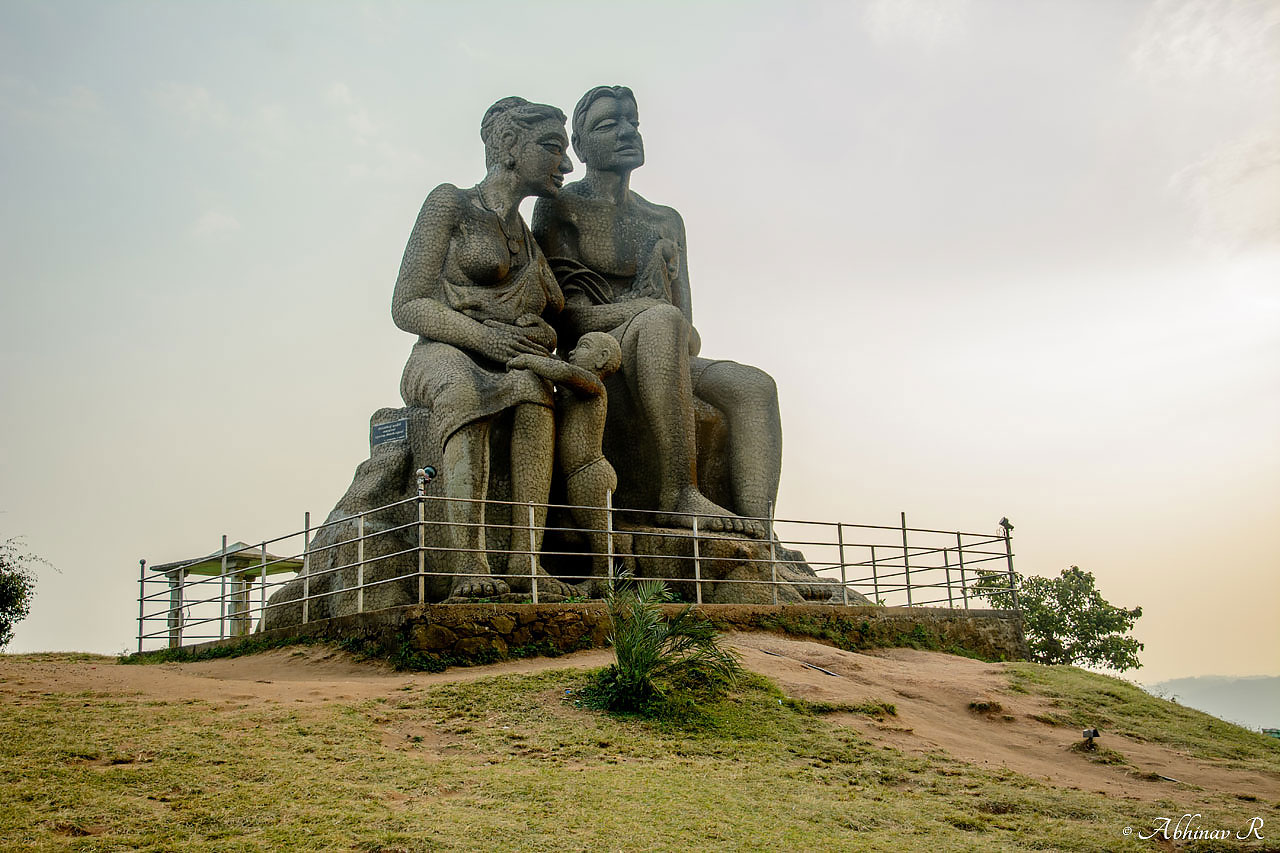
Explore the Best Places to Visit in Idukki, Kerala - A Traveler's Guide
Discover the mesmerizing beauty of Idukki, Kerala with our guide to the best places to visit. From breathtaking landscapes to serene lakes, explore the charm of this enchanting destination. Whether


